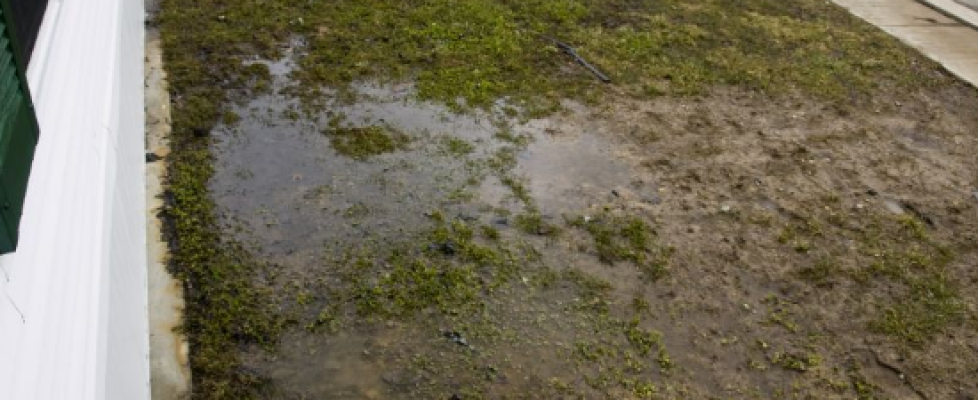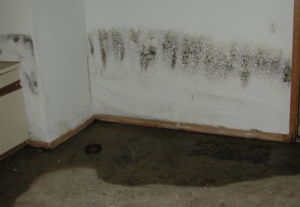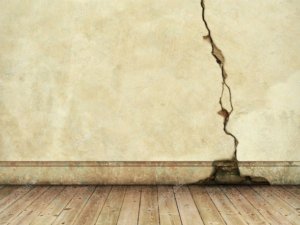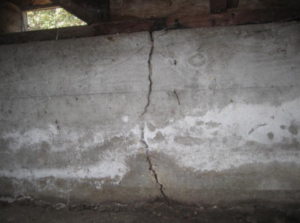Signs That Show You Might Have Drainage Problems
No one wants a drainage problems inside their home. And certainly, no homeowner wants to discover this particular type of problem when it has already gone too far, the usual (and more affordable) plumbing solutions won’t fix it, and the only option is to have the whole system removed and replaced.
If you don’t want to be blindsided by costly and time-consuming drainage problems in your home, below are some signs you have to be on the lookout for to immediately detect these kinds of issues:
The presence of water stains in the basement.
The location of the stain in your basement will indicate the gravity of a drainage problem. Generally, these stains can be caused by surface water, which can be easy to deal with, or water traveling underground – a potentially bigger and more expensive issue.
If you see stains high on your foundation wall, this usually means that the water is coming from an overflowing gutter or that surface runoff backed up against your house because the soil around your foundation doesn’t slope sufficiently. If the stain extends in a line around the basement, you may be looking at a high-water mark caused by a fluctuating water table. Or your basement floor lies below the level of municipal storm drains that backed up during heavy rains.
Cracking and deposits on the walls.
White or gray crusts on the basement walls are called efflorescence or the mineral deposits left behind by evaporating water. If you see flaking on the wall in big patches, this is a condition called spalling.
The efflorescence signifies an area where moisture is condensing. This doesn’t usually cause structural problems but you should still consider checking out your gutters, downspouts, and the grading of the soils around your foundation. Also, since they are unappealing, scrape off the crust. In case of spalling, this commonly happens because water is getting inside the masonry. Although spalling can be just superficial, if it’s deeper than ½-inch and widespread, it can be a sign of improper drainage that can threaten the integrity of your home’s foundation.
Cracks found in the foundation.
Lastly, always be on the lookout for cracks larger than 1/8-inch wide. And if you notice these cracks are growing, you’ve got potential problems.
Usually, a crack appears in places where the builders finished installing one load of concrete and began pouring the next. However, these cracks usually don’t penetrate all the way through. In case they do, as long as they foundations are still stable. You can patch them with hydraulic cement or polyurethane caulk. But if the cracks continue to widen, this typically indicates that a drainage problem may be ruining the foundation. In such situations, you have to call a structural engineer to diagnose the problem, assess the risk, and recommend the most suitable repair solution. Article Source: http://EzineArticles.com/9585528




